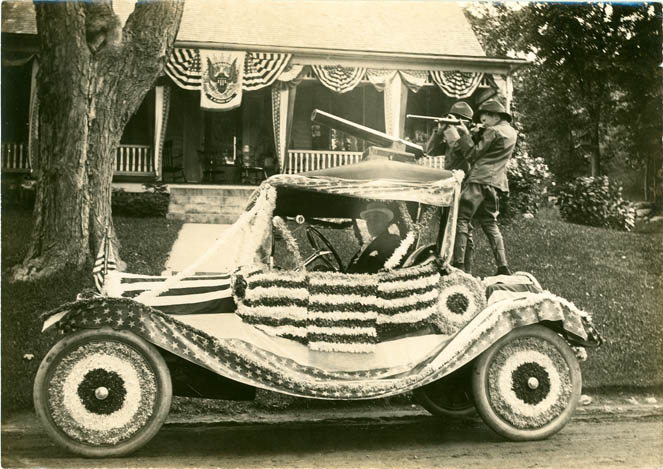Friendless dollar is turned away at the gates of the Taj Mahal
Entry tickets to the world famous Mughal tomb in Agra and about 120 sites run by the Archaeological Survey of India will be available only at a fixed rupee rate after the dollar lost more than 12 per cent of its value against the local currency this year.
Tourists had been encouraged to pay in dollars where possible, a legacy of the time when foreign currency was difficult to come by because of India’s cash inflow restrictions. However, with the fall of the dollar against most other leading currencies and the surge of the rupee on the back of India’s booming and liberalised economy, the greenback will no longer be welcome at the door.
As a result, tourists will pay nearly a third more to enter India’s top tourist attractions by paying in rupees than the previous fixed dollar rate.
The dollar has suffered other blows to its image of late, not least when it was reported that Gisele Bündchen, the Brazilian supermodel, would sign contracts that were paid only in euros because of the slide in the American currency – although her agent was quick to deny the story for fear of angering clients in the United States.
The dollar has also suffered the indignity of being ridiculed by the American rapper Jay-Z, who chose to cruise the streets of New York in European-made Bentleys and Rolls-Royces with a briefcase stuffed full of €500 notes.
The Indian Ministry of Culture said that it was ditching the dollar to correct “any anomaly” caused by currency fluctuations that were adversely affecting its income.
The Government had fixed a $5 entrance fee for World Heritage sites such as the Taj Mahal and $2 for other monuments of interest at a time when the dollar was worth about 50 rupees. Buoyed by capital inflows into the surging Bombay stock market, the rupee rose yesterday to 39.28 rupees against the dollar.
The new fixed entry fee of 250 rupees and 100 rupees means that a foreign tourist will pay the equivalent of about $6.40 (£3.10) and $2.50 (£1.20) respectively. Indians pay a significantly lesser rate of about 20 rupees to enter official monuments, many of which are in dire need of maintenance. The ministry is planning to extend this favourable price to nonresident Indian citizens and to tourists from other South Asian countries.
More than four million tourists visited India last year, earning about $6.6 billion in foreign exchange. The unprecedented inflow of money from overseas has brought with it inflationary difficulties and problems for exporters, particularly IT services companies, which on average earn half or two thirds of their income from the US.
India’s central bank bought a record $11.87 billion in September to intervene in the rupee’s appreciation. It continued to be active in the currency markets in October and this month.




0 Comments:
Post a Comment
<< Home